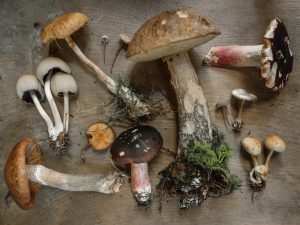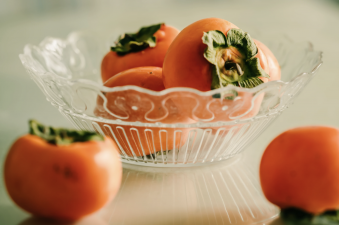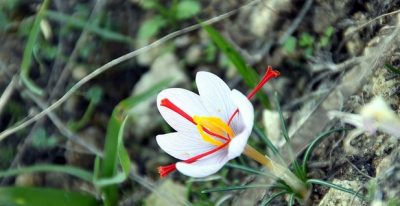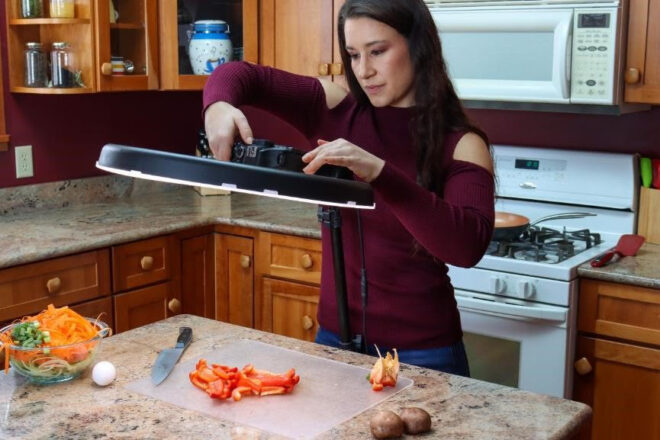 First Nations and Indiginous People of America are returning to their roots, with food.
First Nations and Indiginous People of America are returning to their roots, with food.
Mariah Gladstone’s childhood laid the perfect foundations for the work she does these days, breathing new life into Indigenous Peoples’ food traditions through her online cooking show Indigikitchen. With her approach to sustainable diets, making use of pulses and other ancestral foods, Mariah became a Champion for the World Food Forum, a youth-led initiative launched by FAO and a global network of partners, to empower young people to transform agrifood systems for a better food future.
On the Blackfeet Reservation where Mariah was raised, in the wind-whipped ruggedness of the northwestern state of Montana, her dad and grandpa carved out a vegetable garden for her: “I was raised with a lot of fresh foods that came from the earth, and I had an understanding of seeds growing into food. That’s something that I feel really privileged to have grown up with.”
Meanwhile her mom gave her free a rein in the kitchen. “When I was very young, I started coming up with recipes in my head. My mom let me experiment with them. Even from when I was five or six years old, she’d make me document my entire recipe. I continued to do that.”
Mariah quickly began to realise as she was growing up that not everyone in the community around her was so fortunate. Her heritage is a mix of Blackfeet and Cherokee, two of the largest Indigenous Nations in the United States. From a health perspective alone, medical researchers and Indigenous advocacy groups say Native American populations suffer some of the highest rates of type 2 diabetes on the continent.
Pulses and ancestral foods for food sovereignty
Attending a conference on food sovereignty helped raise Mariah’s awareness, as did her degree in Environmental Engineering from Columbia University and a Master’s from the State University of New York. “There has been really intentional work to disconnect native people from our traditional food systems,” professes Mariah. Being deprived of most of their buffalo herds and the ensuing mass starvation among her father’s Blackfeet people back in the 1880’s remains a vivid, collective memory in her isolated community.
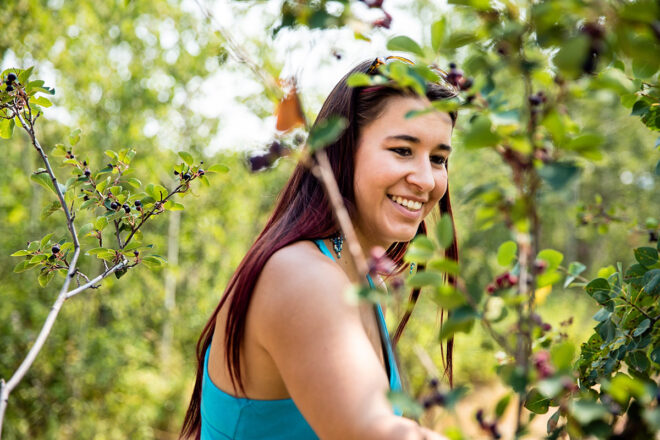
Mariah Gladstone
The consequences have continued to play out as “a lot of people’s parents, grandparents or great grandparents grew up on rations or other forms of subsidized foods. A lot of folks, if I mention beans, think of squishy green beans that come in a can.”
For Mariah, on the other hand, the foods of her Indigenous ancestors are rich in creative possibilities. “One of my favourite ways of eating white beans actually has been to overcook them until they’re really soft and blend them with maple sugar and some eggs and actually create a coffee cake out of them. A really healthy delicious protein-rich coffee cake, but you have no idea it’s made of beans.”

A coffee cake made from beans.
Reaching out with her cooking videos through social media platforms to her fellow-millennials comes instinctively to Mariah. She keeps her videos short for easy viewing on cell phones or in case of poor internet connectivity.
She’s also found that on social media platforms, “it is not just youth that are present, it is their parents and their grandparents … I see people tagging their family members, and saying, ‘Grandma, can we make this this weekend?’”
There’s plenty of interactivity too, as people send her back recipes which they’ve tried and modified. “Not only am I seeing young people really excited about it, but they’re getting their family members and other people involved, creating not just delicious meals, but also restoring knowledge on an intergenerational level.”
Celebrating the Three Sisters
Indigenous Peoples in large parts of North America traditionally intercropped corn, squash and beans, known as the “Three Sisters”. We learned about it through the book Braiding Sweetgrass. As well as enhancing soil health with the nitrogen-fixing bacteria in their roots, crops such as beans are “important to the well-functioning of our ecosystems, not just our nutritional health, but also the ways in which we act as caretakers for the land around us.”
But how much recognition is there among the wider public of the wisdom of Indigenous Peoples’ food systems? In Montana, a movement started in the 1980’s and 1990’s whereby a network of farms replaced chemical-fertilized grain crops with organic lentils. Pulse crops are known to be important for soil health and biodiversity. “I think that it’s a great example of non-Indigenous Peoples recognizing the importance of caretaking the land as farmers.”
At best, though, it’s a mixed picture. It can be “interesting to see science catching up to traditional knowledge and see peer-reviewed studies demonstrating things we have already known. On the one hand it’s cool to have validation from a peer reviewed study, but also annoying because until you have validation from a peer-reviewed study it is not taken seriously.”
Indigenous Peoples’ traditional knowledge is methodologically sound and informed by systematic observations, experiences, trials and practice. Therefore, it is a good source of expertise to inform food policies that require an in-depth understanding of local ecosystems, biodiversity and cultures.
For Indigenous Youth, the overarching concern, says Mariah, is ensuring the land can continue to generate food in the future. “I think that today’s young people obviously want to ensure that our communities are fed, but we’re really looking to ensure that sustainability is incorporated at every level,” she says.

